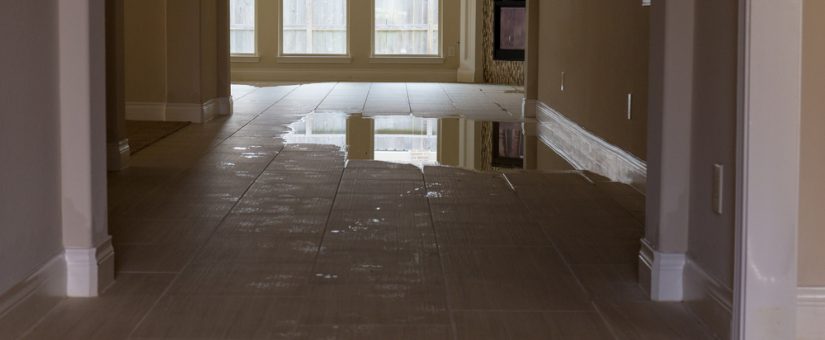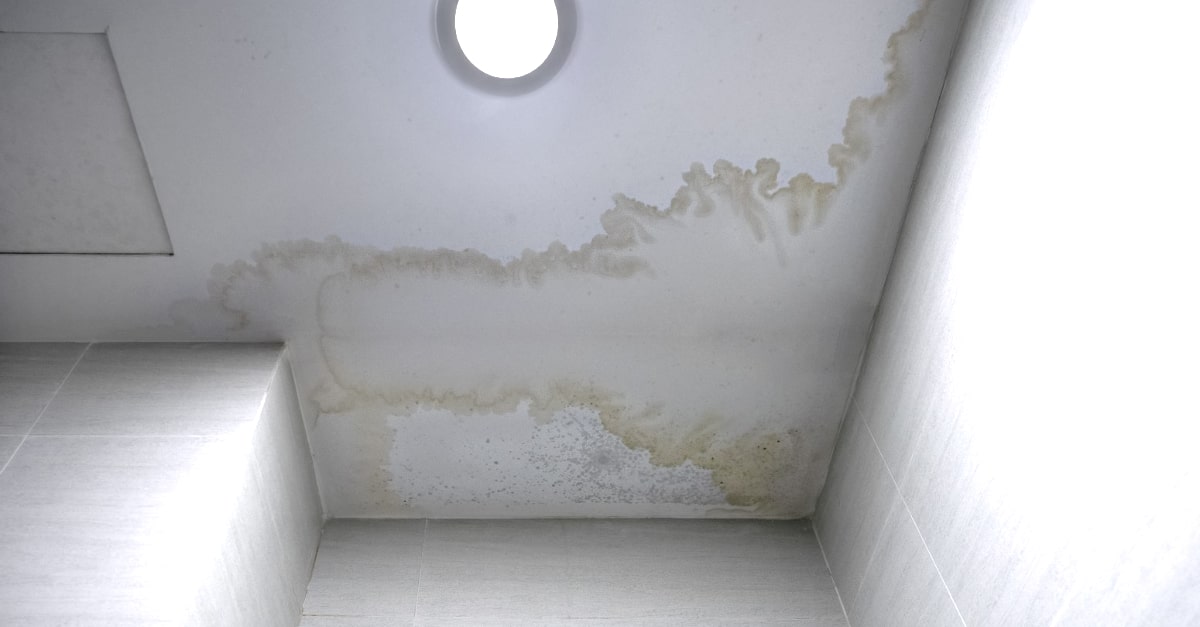Identifying the Top Causes for Drips in The Home
Identifying the Top Causes for Drips in The Home
Blog Article
Just how do you feel on the subject of Common Water Leaks In House?

Leakages not just trigger waste of water however can also cause unneeded damages to your home and also advertise undesirable organic development. Sadly, water leakages might go undetected given that most of the pipework in our residence is concealed. By looking as well as comprehending for daily scenarios that cause leakages, you can safeguard your house from future leakages as well as unnecessary damages. Today, we will look at six leak creates that might be triggering your pipelines to drip.
Elbowing in roots
The majority of water leakages begin outside your house as opposed to inside it. If you observe an abrupt decrease in water pressure, claim in your tap, require time to head out and analyze your backyard. You may see damp spots or sinkholes in your backyard, which might indicate that tree roots are getting into water lines creating water to leak out. You can have your plumber look for breach, specifically if you have trees or bushes near your residential property.
Rusty water systems
As time passes by, your plumbing system ages and also deterioration such as corrosion might begin eating away the pipelines. This may be the root cause of staining or warping on your water pipes. This asks for an assessment with your plumber immediately. Take into consideration changing the pipelines because they are at a greater risk of corrosion than the newer versions if our plumbing system is old.
Defective Pipeline Joints
Pipe joints can degrade over time, resulting in water leaks. If you have loud pipes that make ticking or banging sounds, specifically when the hot water is turned on, your pipeline joints are possibly under a whole lot of stress.
Instantaneous temperature level changes.
Extreme temperature modifications in our pipelines can trigger them to broaden and contract unexpectedly. This development and contraction might trigger fractures in the pipes, especially if the temperature level are below freezing. If you maintained an eye on how your plumbing works, it would certainly be best. The presence of the previously stated circumstances frequently suggests a high danger.
Poor Water Connectors
At times, a leakage can be caused by loose tubes and also pipelines that supply your home appliances. In situation of a water links leak, you may observe water running straight from the supply line or puddles around your home appliances.
Blocked Drains
Blocked drains pipes might be bothersome as well as inconveniencing, but they can in some cases end up creating an overflow resulting in break pipelines. Keep removing any kind of materials that may go down your drains pipes that can block them to avoid such inconveniences.
All the above are causes of leakages yet not all water leaks arise from plumbing leakages; some leakages might come from roofing system leakages. All leaks need to be fixed promptly to avoid water damages.
Leakages not only cause waste of water yet can additionally cause unnecessary damage to your residence as well as advertise unwanted natural growth. By recognizing and looking for daily circumstances that create leakages, you can protect your house from future leakages and also unnecessary damages. Today, we will certainly look at 6 leak triggers that might be causing your pipelines to trickle.
At times, a leak can be caused by loosened pipes and pipes that supply your appliances. In case of a water links leakage, you might see water running straight from the supply line or pools around your appliances.
How To Check For Water Leak In Your Home
How To Check for Leaks
The average household's leaks can account for nearly 10,000 gallons of water wasted every year and ten percent of homes have leaks that waste 90 gallons or more per day. Common types of leaks found in the home are worn toilet flappers, dripping faucets, and other leaking valves. These types of leaks are often easy to fix, requiring only a few tools and hardware that can pay for themselves in water savings. Fixing easily corrected household water leaks can save homeowners about 10 percent on their water bills.
To check for leaks in your home, you first need to determine whether you're wasting water and then identify the source of the leak. Here are some tips for finding leaks:
Take a look at your water usage during a colder month, such as January or February. If a family of four exceeds 12,000 gallons per month, there are serious leaks.
Check your water meter before and after a two-hour period when no water is being used. If the meter changes at all, you probably have a leak.
Identify toilet leaks by placing a drop of food coloring in the toilet tank. If any color shows up in the bowl after 10 minutes, you have a leak. (Be sure to flush immediately after the experiment to avoid staining the tank.)
Examine faucet gaskets and pipe fittings for any water on the outside of the pipe to check for surface leaks.
Undetected water leaks can happen without the home or business owner even realizing. If you suspect a water leak, but not able to find the source. It is time to contact a professional water leak detection service, The Leak Doctor.
How To Find a Water Leak In Your Home
https://www.leakdoctor.com/blog/How-To-Check-For-Water-Leak-In-Your-Home_AE197.html

We were shown that article on How to detect water leaks in your home from a friend on our other blog. Remember to take the opportunity to share this post if you enjoyed reading it. We value reading our article about How to detect water leaks in your home.
Schedule Here Report this page